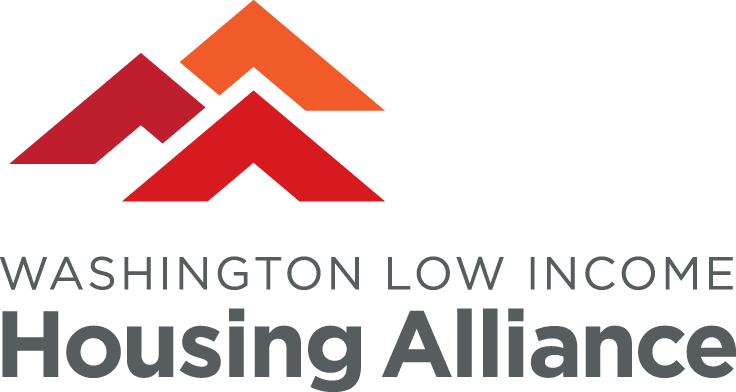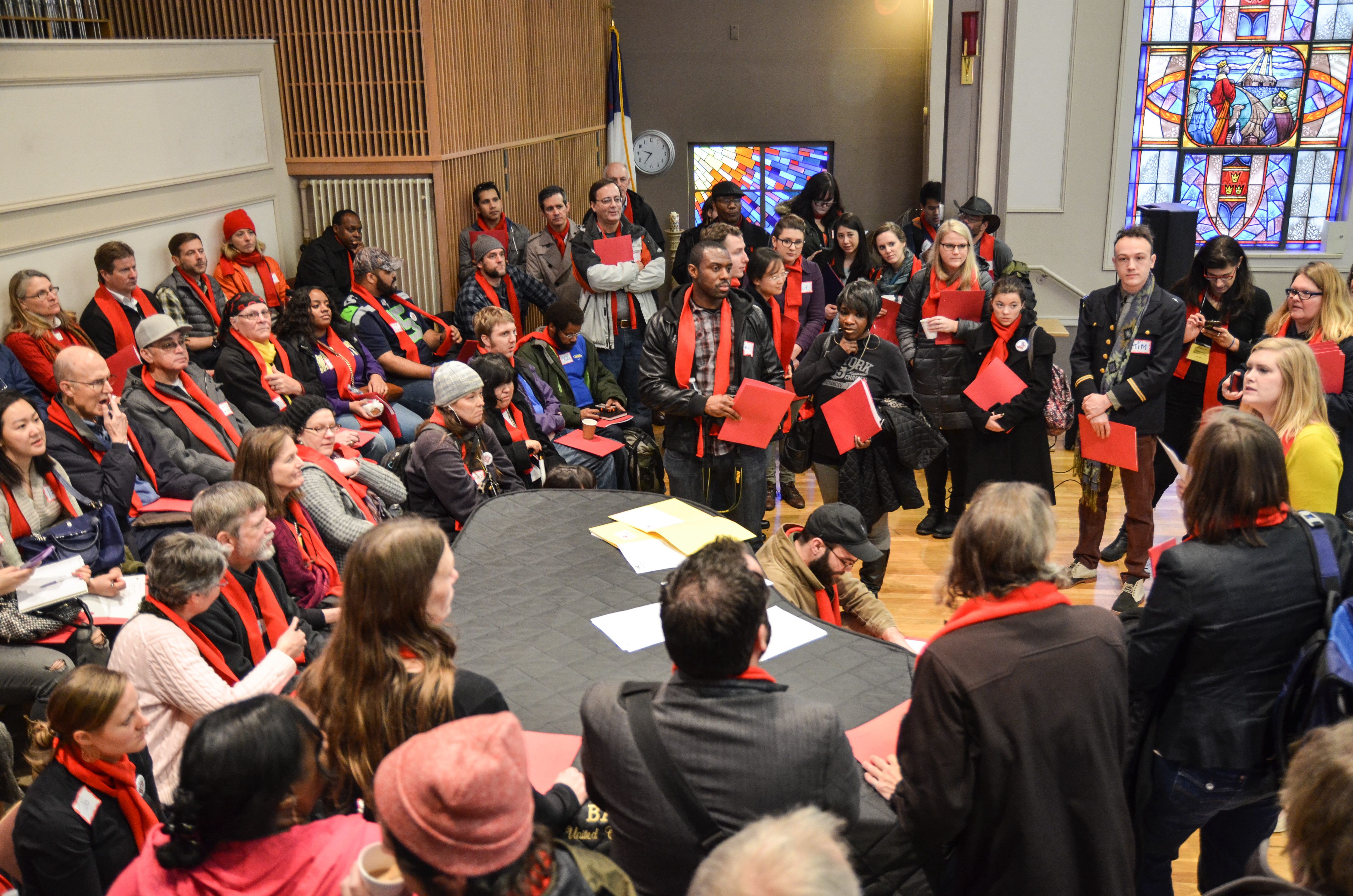Download this one-pager as a PDF
Read the "Washington Rent Stabilization Survey" presentation from EMC Research
Legislative district renter facts (click on each district number for fact sheet):
1 | 2 | 3 | 4 | 5 | 6 | 7 | 8 | 9 | 10 | 11 | 12 | 13 | 14 | 15 | 16 | 17 | 18 | 19 | 20 | 21 | 22 | 23 | 24 | 25 | 26 | 27 | 28 | 29 | 30 | 31 | 32 | 33 | 34 | 35 | 36 | 37 | 38 | 39 | 40 | 41 | 42 | 43 | 44 | 45 | 46 | 47 | 48 | 49
Pass statewide rent stabilization to increase housing stability, prevent displacement, and ensure renter households can meet other basic needs.
Throughout 2024 we heard from hundreds of renters who shared that they continue to face excessive rent increases, and the latest information about evictions show that by November, Washington already had more eviction filings than any year in recorded history.
Housing stability is essential, just like air to breathe and water to drink. We need to ensure there are fair rules in place that will keep rents reasonable and predictable.
House Bill 1217 (Alvarado/Macri) and Senate Bill 5222 (Trudeau/Chapman) would provide renters and manufactured homeowners with predictability over their housing costs by limiting annual rent increases to no more than 7% per year. The bills provide other important protections that would ensure tenants can stay in their homes including capping move-in costs and providing more notice of rent increases.
Rent stabilization would provide renters with the predictability needed to plan for rent increases in coming years. And this is critical because rent in Washington is already out of reach for many households. Limiting rent increases to no more than 7%, while still high, would provide predictability for renters and manufactured homeowners while preventing the egregious, unjustifiable rent increases that many, many are getting throughout the state. And many supportive landlords tell us that 7% is more than enough to keep up with costs, upkeep and repairs while still making a profit.
Why is rent stabilization needed?
Washington is already one of the most expensive rental markets in the country, and many tenants receive excessive rent increases even while landlords are not performing basic repairs.
Black, Indigenous, and other people of color households in Washington are disproportionately renters. In addition, data from the Census Bureau Pulse Survey in 2024 showed that Black renters in Washington receive higher rent increases than other demographic groups. Advancing tenant protections like rent stabilization is critical to address the housing needs of BIPOC households.
Evictions continue to rise on a year-over-year basis, with several parts of our state seeing higher eviction rates than before the pandemic. Rent increases are a key driver of evictions and homelessness.
Monica Zazueta, a renter and mother from Vancouver, shared this in testimony in support of rent stabilization:
“I have had multiple rent increases, over the years, and I ask myself, what more do you want from me? Rent stabilization would give my family the security homeowners have, which is knowing what my housing costs will be. I am a human being, not a dollar sign, who wants to thrive just like you do.”
The good news is that lawmakers have the opportunity to solve this problem in 2025 by passing solid protections against destabilizing rent increases, while still allowing modest increases to cover repairs and other costs. Washington can stabilize our rental market and eliminate one of the key drivers of homelessness.
Kelley Rinehart is a small landlord who supports rent stabilization:
“I am a ‘mom and pop’ landlord. I depend on this rental enterprise to be able to retire. I don’t raise rents beyond a cost of living adjustment, which is never more than 5 percent. This is a fair bill for reasonable and responsible landlords, and will stabilize the many renters in our state.”
What is “rent stabilization”?
Rent stabilization is not the same as rent control, because it does not control rents after a tenant moves out. Rent stabilization prevents excessive rent increases to help ensure that tenants can stay in their homes, but is different from rent control because it allows landlord to reset the rent in-between tenancies (often referred to as “vacancy decontrol”). Rent stabilization prevents excessive, and often predatory, rent increases and is good public policy for Washington.
Key elements of HB 1217 and SB 5222:
Protects manufactured homeowners and residential tenants.
Exempts new multifamily buildings for the first 12 years, subsidized housing already subject to rent caps and some owner-occupied rental situations including roommate, Accessory Dwelling Units (ADUs), and duplexes
In cases where the landlord attempts to raise the rent above what is allowed under the bill (unless that landlord is exempt), allows a tenant to quit their lease and move without penalty.
Creates enforcement with a private right of action, penalties and also by the State’s Attorney General’s Office.
Caps late fees at a percentage of total rent.
Requires 90 days notice for all rent increases, to provide tenants with more opportunity to plan for the increase.
Fees count as rent for the purposes of the increase.
Allows yearly rent increases of no more than 7%.
Stabilizing rents statewide for tenants and manufactured homeowners is a key policy element in our “Roadmap to Housing Justice”. Learn more at wliha.org/roadmap

